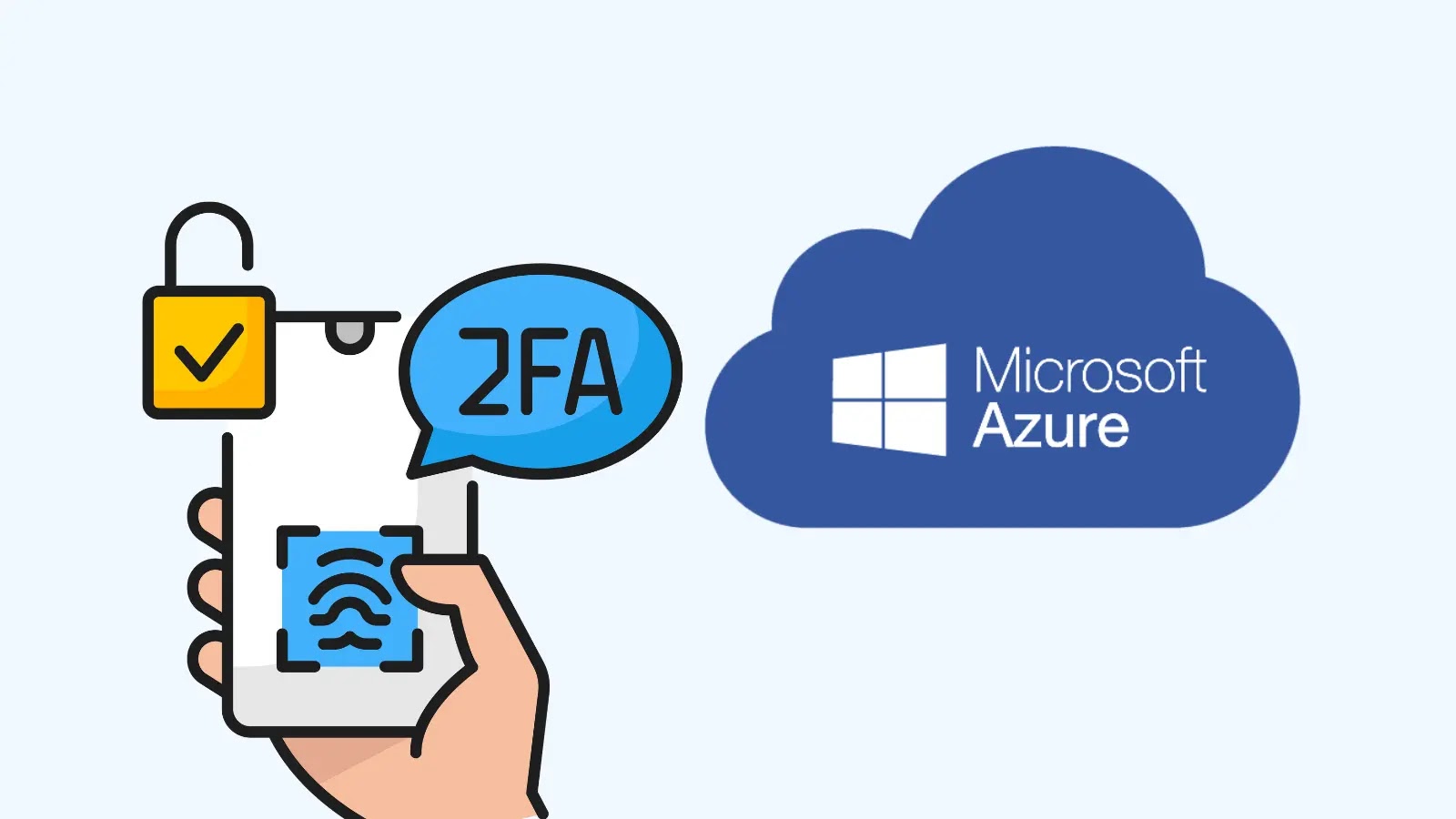
Microsoft To Mandate MFA for Accounts Signing In to the Azure Portal
The landscape of cloud security is constantly evolving, and a significant announcement from Microsoft is set to fortify the defenses of countless organizations. Effective August 26, 2025, Microsoft will mandate Multi-Factor Authentication (MFA) for all accounts accessing the Azure portal and associated administrative centers. This move, initially signaled in 2024, represents a critical step in mitigating one of the most prevalent attack vectors: compromised credentials. For every IT professional, security analyst, and developer managing cloud resources, understanding the implications and preparing for this change is paramount.
The Imperative for Mandatory MFA in Azure
The decision to enforce MFA isn’t arbitrary; it stems from a persistent and growing threat landscape. Identity-based attacks, particularly those exploiting weak or stolen passwords, remain a primary cause of data breaches. By requiring an additional layer of verification beyond a simple password, such as a one-time code from a mobile authenticator app, a fingerprint scan, or a hardware token, organizations can dramatically reduce their exposure to account compromise. This initiative directly addresses the glaring security gap left by single-factor authentication.
Policy Rollout and Timeline
- Initial Announcement: While the final mandate date is August 26, 2025, Microsoft first introduced the concept of this policy in 2024. This extended lead time provides ample opportunity for organizations to implement and test their MFA strategies within their Azure Active Directory (now Microsoft Entra ID) environments.
- Scope: The mandate specifically targets accounts signing into the Azure portal and related administrative centers. This encompasses not just user accounts but also service principals or managed identities that might be configured to interact with the portal, although the primary focus is on human users.
Understanding Multi-Factor Authentication (MFA)
MFA is a security system that requires two or more independent methods (factors) of verification to grant access to a user. These factors generally fall into three categories:
- Something you know: A password, PIN, or secret question.
- Something you have: A physical token, smart card, phone, or authenticator app.
- Something you are: Biometric data, such as a fingerprint, face scan, or voice recognition.
By combining factors from different categories, the security posture is significantly strengthened. Even if a cybercriminal obtains a user’s password, they would still need access to the second factor to gain unauthorized entry.
Benefits of Enforced MFA for Azure Resources
The mandatory MFA policy brings a multitude of benefits, directly enhancing the overall security posture of cloud environments:
- Reduced Account Compromise: This is the primary driver. MFA significantly deters phishing, brute-force attacks, and credential stuffing, as stolen passwords alone become insufficient for access.
- Enhanced Compliance: Many regulatory frameworks and industry standards (e.g., NIST, HIPAA, PCI DSS) now explicitly recommend or require MFA for administrative access to critical systems. Microsoft’s mandate helps organizations align with these requirements.
- Improved Incident Response: With MFA in place, security teams can focus fewer resources on mitigating basic password-based compromises and more on sophisticated, targeted attacks.
- Greater Trust in Cloud Services: By demonstrating a commitment to robust security, Microsoft fosters greater confidence among its users and customers in the security of the Azure platform.
Remediation Actions for Azure Administrators
Organizations must act proactively to prepare for the August 2025 mandate. Here are critical remediation steps:
- Audit Existing Accounts: Identify all accounts (user and service principal) that access the Azure portal and related administrative interfaces. Determine which accounts currently lack MFA.
- Enable MFA for All Applicable Users: Leverage Microsoft Entra ID’s capabilities to enforce MFA. Consider phased rollouts or conditional access policies.
- Educate Users: Conduct comprehensive training for all users on the importance of MFA, how to set it up, and how to use it. Emphasize best practices, such as never sharing MFA codes.
- Implement Conditional Access Policies: Go beyond simple MFA enforcement. Use Azure Conditional Access to apply MFA based on factors like user location, device compliance, or sign-in risk. This adds a layer of adaptive security.
- Review Service Principals and Managed Identities: While the primary mandate is for human users, administrators should review any automated processes or applications that access Azure via service principals. Ensure these have appropriate permissions and are secured using best practices like certificate-based authentication or managed identities with least privilege.
- Establish Emergency Access Accounts: Create a small number of highly secured, exempt emergency access or “break glass” accounts. These accounts should be used only in extreme emergencies, be heavily monitored, and have distinct, strong authentication methods.
- Test and Validate: Regularly test MFA configurations to ensure they are working as expected and do not create unforeseen access issues.
Conclusion
Microsoft’s decision to mandate MFA for Azure portal access is a pivotal and welcome development in cloud security management. It reflects a proactive stance against pervasive identity-based attacks and reinforces the shared responsibility model. For organizations operating within the Azure ecosystem, this isn’t just a compliance hurdle; it’s an opportunity to significantly enhance their security posture against one of the most common vectors of compromise. By acting now and implementing robust MFA strategies, cybersecurity teams can ensure their Azure environments remain secure and resilient well before the August 2025 deadline.





